Introduction
The concept of ‘Saat Phere,’ or seven circles (vows) around the holy fire, is a quintessential part of Indian weddings. Rooted in ancient traditions, these circles signify the seven sacred vows a couple makes, promising to support and love each other throughout their lives. This article delves into the profound cultural and spiritual significance of Saat Phere in Indian weddings.
Table of Contents
Historical Context
Originally, these rituals were documented in the Vedas which is the oldest sacred texts of Hinduism. They were not merely religious acts but were also considered legal and moral bindings. The pheras (Circle) were designed to unite the couple in all aspects of life, encompassing duties, love, fidelity, and respect. The significance of the number seven comes from its auspiciousness in Hindu mythology, often representing completeness and perfection.

Over centuries, the ritual of saptapadi or Saat Phere has evolved, adapting to social changes and regional differences, yet its essence remains unchanged. It’s a beautiful amalgamation of spiritual beliefs and cultural traditions, representing the journey of life that the couple embarks upon together. In essence, Saat Phere is not just about the physical union of two individuals; it’s a spiritual and emotional bond, promising togetherness in all walks of life, making it a cornerstone of Indian weddings.
Meaning of The Sevan Vows
In the heart of an Indian wedding lies the Saat Phere, or the Seven Vows, a ritual that weaves the profound essence of marriage into seven sacred promises. Each vow, taken as the couple circles the holy fire, symbolizes the core values that will guide their married life.
The first vow lays the foundation of the marriage, pledging nourishment and respectful care. It’s a promise to fulfill each other’s needs and uphold mutual respect, forming the cornerstone of their relationship.
In the second vow, the couple commits to strength and protection. It’s a pledge to stand together against life’s challenges, offering unwavering support and courage.

The third vow revolves around prosperity and faithfulness. This promise is about striving for financial stability and remaining unwaveringly loyal, ensuring a secure and faithful union.
With the fourth vow, attention turns to family. Here, they agree to share family responsibilities and devote themselves to each other’s kin, nurturing a bond that extends beyond themselves.
The fifth vow brings focus on progeny, promising to raise children with good values and wisdom, ensuring the legacy of love and knowledge.
In the sixth vow, the couple prays for health and longevity, wishing for a long life filled with wellness, to cherish each moment together.

Finally, the seventh vow culminates in lifelong companionship. It’s a promise of love, friendship, and harmony, marking an eternal partnership.
These vows are not just mere words but the guiding stars for a harmonious and fulfilling married life, deeply embedded in Indian culture and traditions. They embody the essence of partnership, responsibility, love, and mutual respect, making the Saat Phere a beautiful testament to the sanctity of marriage.
Cultural Significance of Seven vows
The Seven Vows, or Saat Phere, hold a place of profound significance in Indian weddings, weaving a tapestry of deep cultural and spiritual values. Rooted in ancient traditions, these vows are more than just ceremonial recitations; they are the heartbeats of marital life, guiding couples on their journey together.
Each phera, or circle around the sacred fire, signifies a promise, a commitment that the bride and groom make to each other. The fire, considered a divine witness in Hindu culture, seals these vows with purity and sanctity. .
Role of Fire in Saat phere
Hindu tradition holds fire as a sacred element, one of the Panch Tatva (five elements) that constitute the human body. This reverence for fire extends to its role in marriage, where it is believed to forge an unbreakable bond between the bride and groom. The fire is not just a witness but a binding force in the marital union, symbolizing purity and the couple’s commitment to each other. Upon a person’s death, fire’s significance is again highlighted in the practice of cremation, signifying a return to the elemental form.
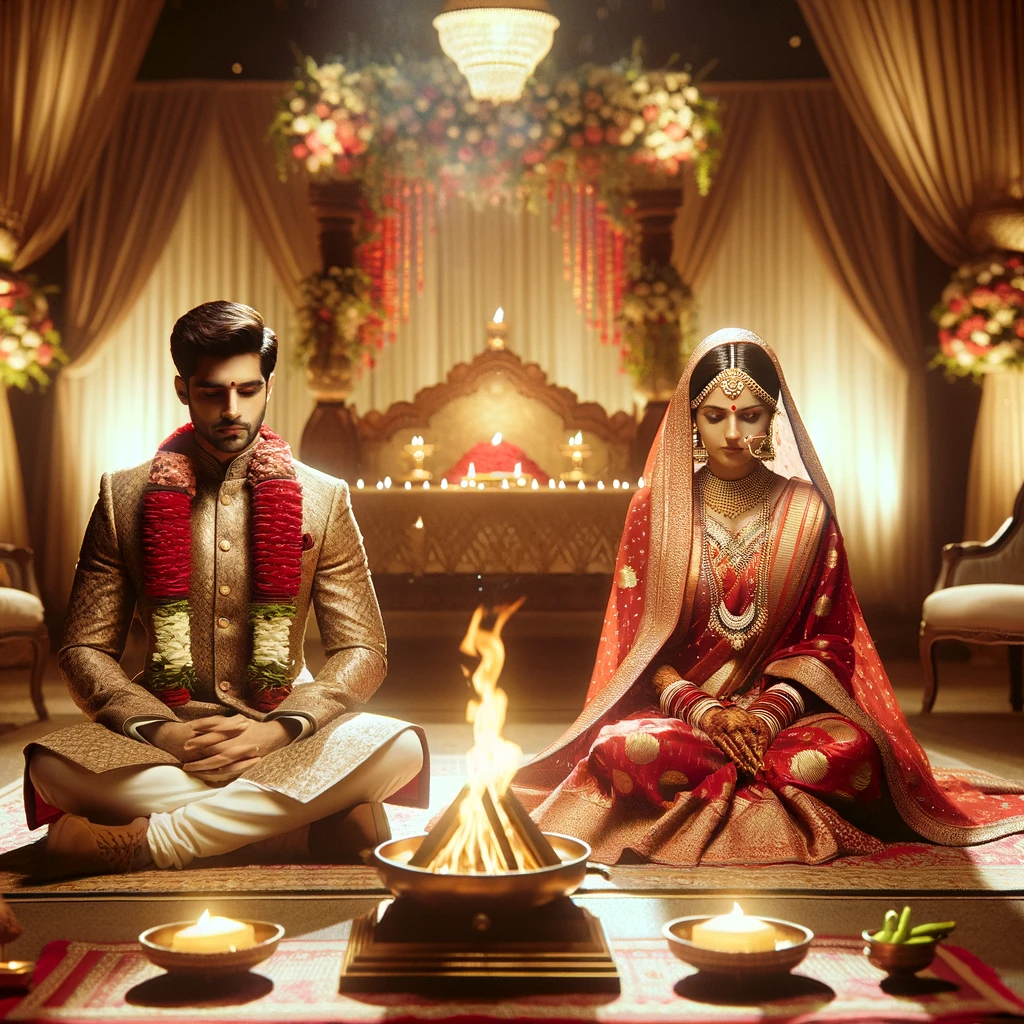
During the marriage ceremony, specific seating positions for the bride and groom hold deep significance. Initially, the bride sits to the right of the groom. This placement is symbolic. However, after they take their seven sacred vows, she moves to his left side. This change of position is rich in meaning, signifying that she has now taken a place closer to the groom’s heart, both literally and metaphorically, indicating a shift in their spiritual and emotional union. This transition marks a new phase of their relationship as partners in life.
Modern Adaptation of Seven vows
In modern times, the Seven Vows, or Saat Phere, of Indian weddings have gracefully evolved, reflecting contemporary values while retaining their traditional essence. Today, these vows are not just echoes of ancient texts but are personalized expressions of love, equality, and partnership.
Couples are increasingly tailoring the Saat Phere to resonate with their beliefs and lifestyles. The original vows, steeped in traditional roles and responsibilities, are being reinterpreted to celebrate mutual respect, shared ambitions, and gender equality. For instance, vows that once emphasized the traditional roles of men and women in a household are now molded into commitments of shared responsibilities and support.
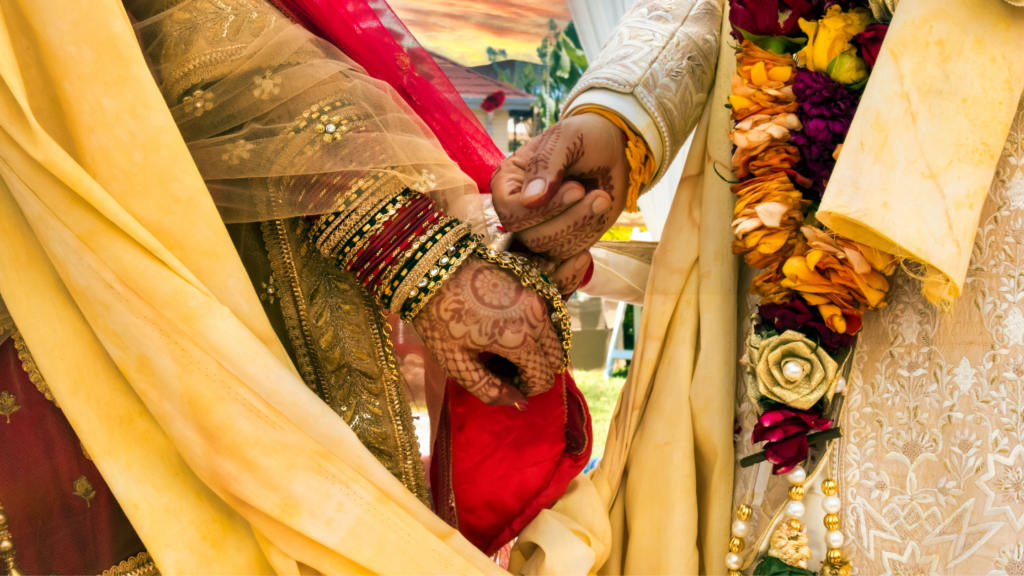
The modern adaptation of these vows also sees a blend of cultural influences. Interfaith couples often incorporate elements from both backgrounds, creating a unique and inclusive ceremony. Moreover, there’s a growing trend of couples writing their own vows, infusing personal stories and promises that hold special meaning to them.
These changes in the Saat Phere ritual highlight a significant shift in Indian society, one that embraces progressiveness without losing sight of its rich heritage. By adapting these ancient vows to contemporary times, modern Indian weddings are not just celebrating a union of two individuals but are also heralding a more egalitarian and inclusive approach to marital life.
Saat Phere culture in Bollywood Movies
Bollywood has often brought the Saat Phere ritual to life, adding drama and romance to its portrayal. For instance, “Vicky Donor” presents an inter-caste marriage, merging Bengali and Punjabi traditions. In “Yeh Jawaani Hai Deewani,” a lavish Rajasthani wedding is depicted, complete with Saat Phere. “Shaandaar” offers a glimpse into a glamorous wedding featuring this ritual. A notable Saat Phere scene is also seen in “Bunty Aur Babli,” during the characters’ wedding.

Additionally, the TV series “Saat Phere – Saloni Ka Safar,” named after the ritual, focuses on the protagonist Saloni’s life journey. These portrayals not only entertain but also showcase the cultural richness of Indian weddings, making the Saat Phere scenes particularly memorable to viewers.
Challenges and Criticisms
The tradition of Saat Phere in Indian weddings, though rich in cultural significance, does not escape modern criticisms and challenges. One of the primary concerns revolves around the traditional roles and promises dictated by these vows, which some feel are outdated in today’s context of gender equality and individualism. For instance, certain vows imply a gendered division of responsibilities, which can seem restrictive in contemporary society where couples often seek a more equal partnership.
Read also India is a Hindu country : Truth or Myth?
Another challenge comes from the evolving nature of marriage itself. In a world where relationships and personal values are diverse, the one-size-fits-all approach of these vows can feel limiting to some. This is particularly true for interfaith or multicultural couples who may find certain aspects of the Saat Phere not aligning with their personal beliefs or traditions.
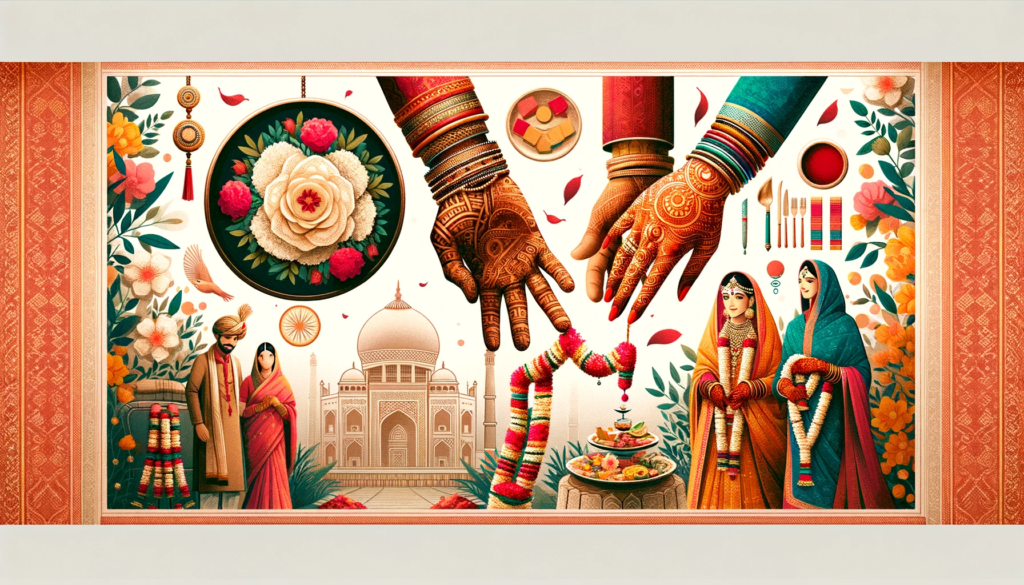
Furthermore, the ritualistic aspect of Saat Phere can sometimes overshadow its deeper meaning. The focus on perfect execution of the ceremony can create undue stress, diverting attention from the essence of the vows. This can lead to a superficial adherence to tradition rather than a meaningful embrace of its values.
In response, many couples are choosing to reinterpret or modify the vows, making them more inclusive and relevant. This adaptability showcases the dynamic nature of cultural traditions, evolving to stay resonant with the times. While these challenges invite introspection and dialogue, they also open pathways for a more inclusive understanding of matrimonial bonds in the Indian context.
Conclusion
Saat Phere, central to Indian weddings, beautifully embodies marital vows but faces modern challenges. Traditionally reflecting societal roles, it sometimes conflicts with today’s views on equality and individualism. Adapting these vows for interfaith or multicultural unions, while preserving their essence, requires thoughtful balance. Despite these hurdles, Saat Phere remains a revered tradition, showcasing its resilience by evolving with societal changes. It symbolizes not just a union of two people, but also the harmonious blending of age-old customs with contemporary values, representing the enduring significance and adaptability of this cherished ritual.
FAQs
What do each of the seven vows signify?
First Vow: Represents a commitment to provide for each other and uphold mutual respect.
Second Vow: Symbolizes the promise to protect each other and face life’s challenges together with courage.
Third Vow: Focuses on striving for financial stability and remaining faithful in the marriage.
Fourth Vow: Emphasizes the importance of family responsibilities and devotion towards each other’s families.
Fifth Vow: Centers on raising children with good moral values and educating them.
Sixth Vow: Reflects the aspiration for physical, mental, and spiritual health and a long life together.
Seventh Vow: Culminates in a pledge for everlasting love, companionship, and a harmonious relationship.
How have modern couples adapted Saat Phere in their weddings?
Modern couples often personalize Saat Phere to reflect their values and beliefs. This includes modifying the vows to emphasize equality, partnership, and shared responsibilities. Some couples choose to write their own vows, making the ceremony more intimate and relevant to their unique relationship. Additionally, the inclusion of contemporary themes like environmental consciousness and social responsibility is becoming more common.
Can Saat Phere be incorporated into interfaith marriages?
Yes, Saat Phere can be incorporated into interfaith marriages. Many couples from diverse backgrounds choose to blend different cultural elements in their wedding ceremonies. Saat Phere can be adapted to respect both partners’ traditions and create a meaningful, inclusive celebration. Often, such adaptations involve explaining the significance of each vow in a universal context, making the ceremony more accessible to guests from different faiths.
How does Saat Phere compare to wedding traditions in other cultures?
While unique in its symbolism and execution, Saat Phere shares common themes with wedding traditions worldwide, such as the emphasis on love, commitment, and partnership. For instance, the exchange of rings in Western cultures symbolizes an unbroken circle of love, much like the unending bond represented by the Saat Phere. The differences largely lie in cultural expressions and rituals, but the underlying principles of unity and togetherness are universal.
What is the role of Saat Phere in promoting gender equality in marriages?
Saat Phere traditionally reflected gender roles prevalent in society. However, with evolving perspectives on gender equality, modern interpretations of Saat Phere emphasize partnership and mutual respect between spouses, irrespective of gender. Couples are increasingly adapting the vows to reflect an equal division of responsibilities and mutual support, thus promoting a more egalitarian view of marriage. This shift is significant in challenging traditional norms and promoting gender equality in marital relationships.

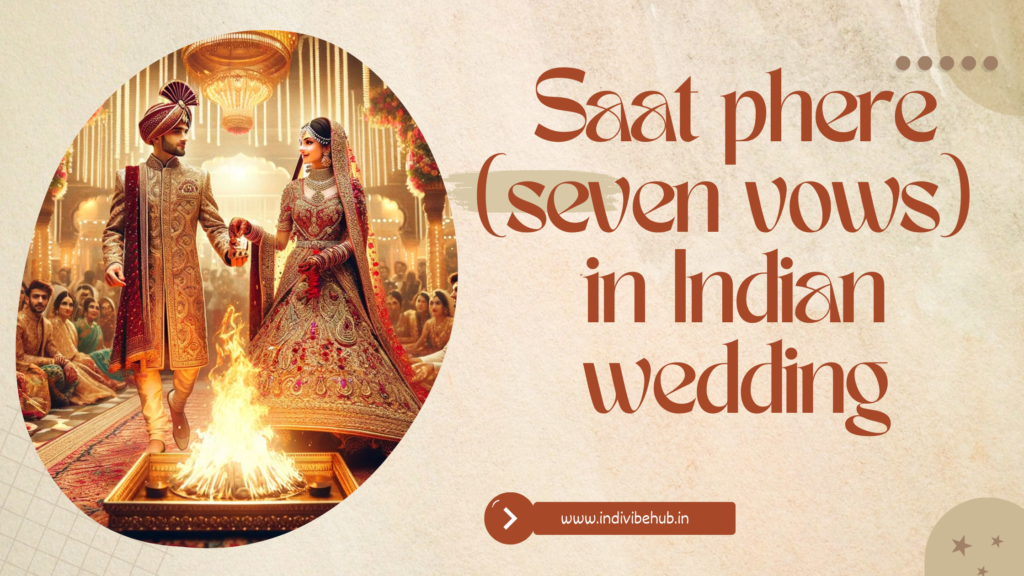
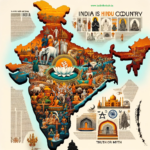
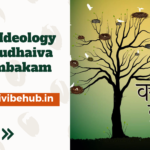
Pingback: 15 Indian Wedding Rituals: An Immersive Experience - indivibehub.in
Having read your blog, you obviously know what you are talking about. I’m sure visiting my page QH7 about Thai-Massage will be worth your time!
Can you be more specific about the content of your article? After reading it, I still have some doubts. Hope you can help me.
Your point of view caught my eye and was very interesting. Thanks. I have a question for you.
Thanks for sharing. I read many of your blog posts, cool, your blog is very good. https://www.binance.com/en-IN/register?ref=UM6SMJM3
I do not even know how I ended up here, but I thought this post was good. I don’t know who you are but certainly you’re going to a famous blogger if you are not already 😉 Cheers!